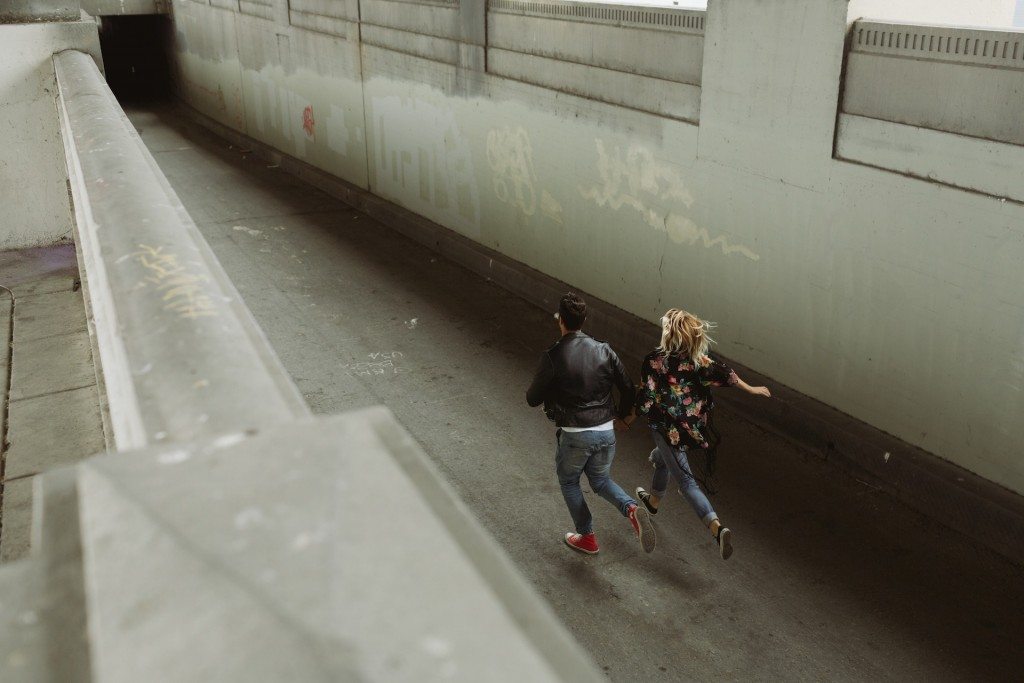Today’s post is written by Joan C. Curtis. She’s the author of four business books and a new mystery, The Clock Strikes Midnight.
The best writers know how to create action scenes that cause readers to fly through the pages, dying to know what happens next. As a reader, I lose myself in the action and forget to notice how the author had me spellbound. I savor the moment until I’ve turned the very last page.
As a writer, I wonder how that author did it. How did he or she create such effective action?
For some writers creating action scenes comes easy. For others the task is daunting. I come from a journalism background. I learned how to write in short, distinct sentences and how to look for key points quickly. These traits make it easier for me to write action scenes than it might be for someone coming from an English or English lit background.
Let’s take a look at some ways to create action scenes. What works and what doesn’t.
1. Write in tight sentences or phrases.
Sometimes using a single word is all you need. Let’s look at a poor example: “He walked into the room and found himself surrounded by a feeling of emptiness, that sense that nothing was there even though he knew she was in the other room and needed his help.” An action scene like this would put the reader to sleep. Instead
He crashed through the locked door.
Glanced around.
No one.
Listened.
Rustling sounds from the other side.
He approached, gun in the air.
Seconds later he held her in his arms.
2. Use hard, action verbs.
Avoid using passive voice and the “to be” verbs. Of course, we should avoid passive voice all the time in our writing, but with action scenes it’s essential to use active voice. As for “to be” verbs, sometimes we have no choice—but again, use them sparingly when writing action scenes. Poor example: “The meeting was scheduled for later, but he was early as he always was and when he found that the door was locked, he tried to break in, but his tools had not been replaced and he ended up breaking through the door.” Again, I can hear our readers snoring. First, the sentence is too long, and second, the writer uses passive voice three times (can you catch them?). Let’s rewrite the scene:
Mark scheduled the meeting for six.
He edged close to the door.
No sound.
He fingered the knob. Turned.
Nothing.
Reaching for his trusty screwdriver, he probed the lock.
Impossible.
The floor creaked behind him. Mark based through the door.
3. Imagine the character’s feelings.
We can’t get too much in the character’s head during an action scene. It is not a time for internal dialogue unless that dialogue plays with the actions. Here’s an example:
She trembled inside.
Footsteps raced by again, this time they headed away from her.
“Hold it!” someone shouted from the front door.
Another loud blast from a gun.
Silence.
She waited. Heart pounding.
Nothing.
Finally she unfolded herself to release the cramps in her legs.
She eased into a standing position, still listening.
More silence.
Notice how internal dialogue and feelings play with the action.
4. Mix short and long sentences.
Here’s another example.
Finally, she got it placed exactly where she wanted it.
The staircase creaked.
Damn!
She held her breath.
The door opened and footsteps edged down the stairs preceded by a flashlight.
“Who’s there?” she yelled.
5. Use dialogue but quick short sentences. Not long explanations.
Example:
“What the—” Louis blurted.
“Where’s the girl?” Mark responded.
“What girl?”
Mark grabbed him by the throat. “You know what girl.”
6. Show don’t Tell.
Although we’ve been told to “show” not “tell” a million times, we must adhere to that adage to the letter with action scenes. Instead of saying, “He heard a gunshot,” we say, “Bang,” often in italic. Instead of “he felt pain,” we say, “Heat seared through his body.”
7. Toss out your flowery language.
Say goodbye to adverbs and adjectives and hello to strong verbs and nouns.
For me as a writer, the best way to create an action scene is to get it down on the page. Once I have the scene written, I go back to give it the tension it needs through tight language, action verbs, quick dialogue, emotion and a ruthless editorial pen. It’s hard to write a perfect action scene with all the dimensions of tension on the first run.
Action scenes are worth all the trouble and the sting of the red pen. Trust me. Your readers will thank you.
